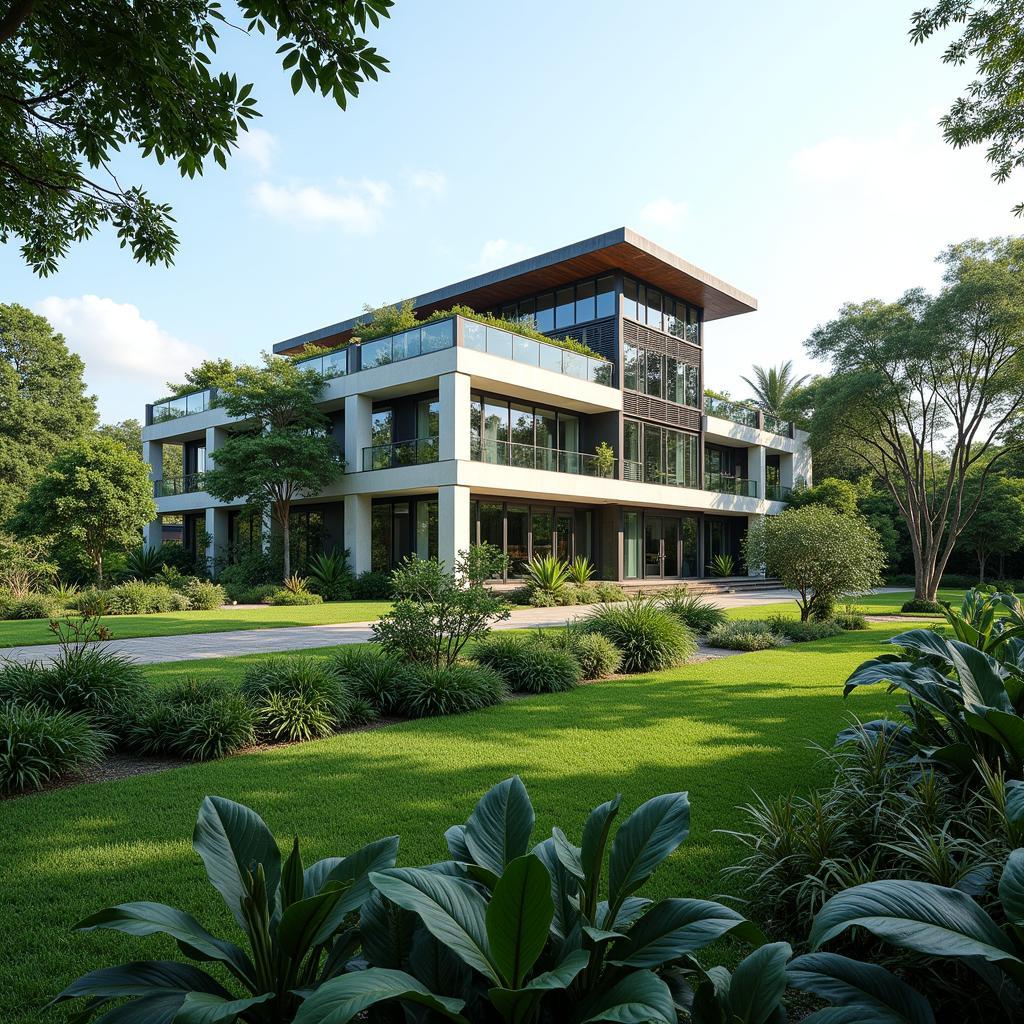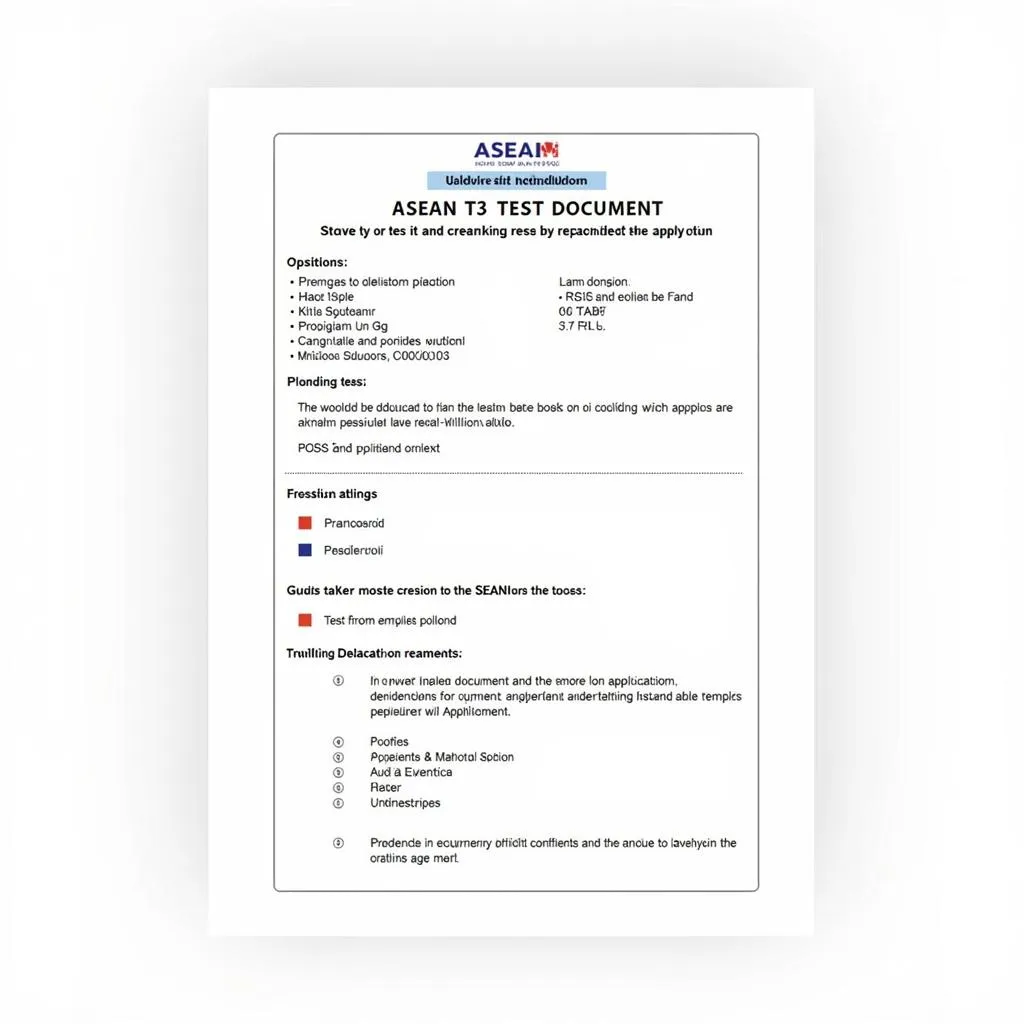The Asean Center For Biodiversity Philippines (ACB) plays a vital role in conserving the incredibly rich biodiversity of the Southeast Asian region. Located in Los Baños, Laguna, Philippines, the ACB serves as a hub for collaboration and knowledge sharing among ASEAN member states, working to protect the region’s unique and threatened ecosystems.
Protecting Southeast Asia’s biodiversity is not just a regional issue; it has global implications. The region is a biodiversity hotspot, home to a vast array of plant and animal species found nowhere else on Earth. The ACB works to ensure the sustainable use of these resources, recognizing the importance of biodiversity for both present and future generations. After this introduction, we’ll delve into the specifics of ACB’s operations and impact. Learn more about ASE certification training headquarters if you are interested in related topics.
The Importance of the ASEAN Center for Biodiversity
The ACB’s mission is to facilitate cooperation and coordination among ASEAN member states in conserving the region’s biodiversity. This includes developing and implementing regional biodiversity conservation strategies, promoting scientific research, and raising public awareness about the importance of biodiversity. What makes the ACB unique is its focus on regional cooperation, acknowledging that biodiversity conservation transcends national borders.
Key Roles and Responsibilities of the ACB
- Developing Regional Strategies: The ACB plays a crucial role in developing and implementing regional biodiversity conservation strategies that address shared challenges and opportunities.
- Promoting Scientific Research: Supporting scientific research on biodiversity is a core function of the ACB. This research provides critical data and insights that inform conservation efforts.
- Capacity Building: The ACB works to build capacity within ASEAN member states by providing training and technical assistance to local conservation professionals.
- Public Awareness: Raising public awareness about the importance of biodiversity is essential for effective conservation. The ACB engages in various outreach activities to educate and inspire action.
 ASEAN Center for Biodiversity Headquarters in the Philippines
ASEAN Center for Biodiversity Headquarters in the Philippines
Challenges and Opportunities in ASEAN Biodiversity Conservation
Southeast Asia faces numerous challenges in conserving its rich biodiversity, including habitat loss due to deforestation, illegal wildlife trade, and climate change. The ACB works to address these challenges through collaborative initiatives and partnerships. However, these challenges also present opportunities for innovative solutions and sustainable development.
Addressing Habitat Loss and Degradation
One of the most significant threats to biodiversity in ASEAN is habitat loss and degradation. The ACB works with member states to promote sustainable land use practices and protect critical habitats. Learning about ASE training NJ can also be helpful in understanding the skills and knowledge needed for biodiversity conservation work.
How the ACB Impacts the Region
The ACB has made significant contributions to biodiversity conservation in Southeast Asia. By facilitating collaboration and knowledge sharing, the ACB helps to strengthen regional conservation efforts and protect the region’s valuable natural resources. For those interested in contributing to these efforts, exploring ASE P2 Training could be a beneficial step.
Success Stories and Case Studies
The ACB has a track record of successful conservation initiatives. These case studies provide valuable lessons and demonstrate the effectiveness of regional cooperation in addressing biodiversity challenges.
The Future of Biodiversity Conservation in ASEAN
The future of biodiversity conservation in ASEAN relies on continued collaboration, innovation, and a commitment to sustainable development. The ACB plays a vital role in guiding these efforts and ensuring the long-term health of the region’s ecosystems. You can learn more about ASE Training and Simulation for further insights.
Conclusion
The ASEAN Center for Biodiversity Philippines is a crucial institution for protecting the rich biodiversity of Southeast Asia. By promoting regional cooperation, scientific research, and public awareness, the ACB is working to ensure a sustainable future for the region’s unique natural heritage. The ACB’s continued efforts are essential to address the ongoing challenges and capitalize on the opportunities for biodiversity conservation in the ASEAN region.
FAQ
- What is the main role of the ACB? The ACB facilitates cooperation and coordination among ASEAN Member States to conserve the region’s biodiversity.
- Where is the ACB located? The ACB is located in Los Baños, Laguna, Philippines.
- How does the ACB address habitat loss? The ACB promotes sustainable land use practices and protects critical habitats.
- What are some of the key challenges to biodiversity conservation in ASEAN? Key challenges include habitat loss, illegal wildlife trade, and climate change.
- How does the ACB promote public awareness? The ACB engages in various outreach activities to educate and inspire action.
- Why is regional cooperation important for biodiversity conservation? Because biodiversity transcends national borders and requires collaborative efforts.
- How can I get involved in ASEAN biodiversity conservation efforts? You can learn more about opportunities through organizations like the ACB and related programs like ASE Certification Training Michigan.
Need support? Contact us at Phone Number: 0369020373, Email: [email protected] or visit our office at Ngoc Lien Village, Hiep Hoa, Bac Giang, Vietnam. We have a 24/7 customer service team.
